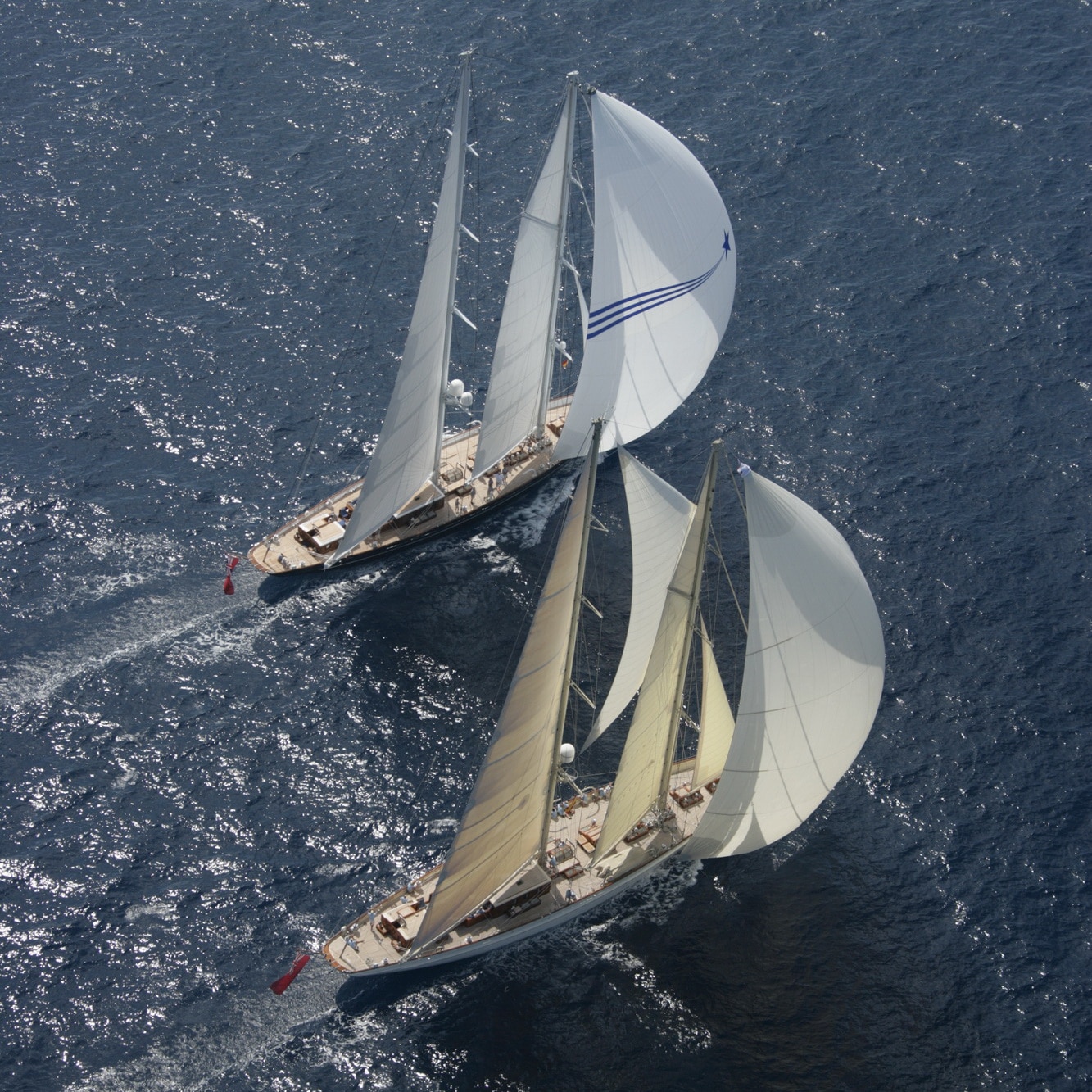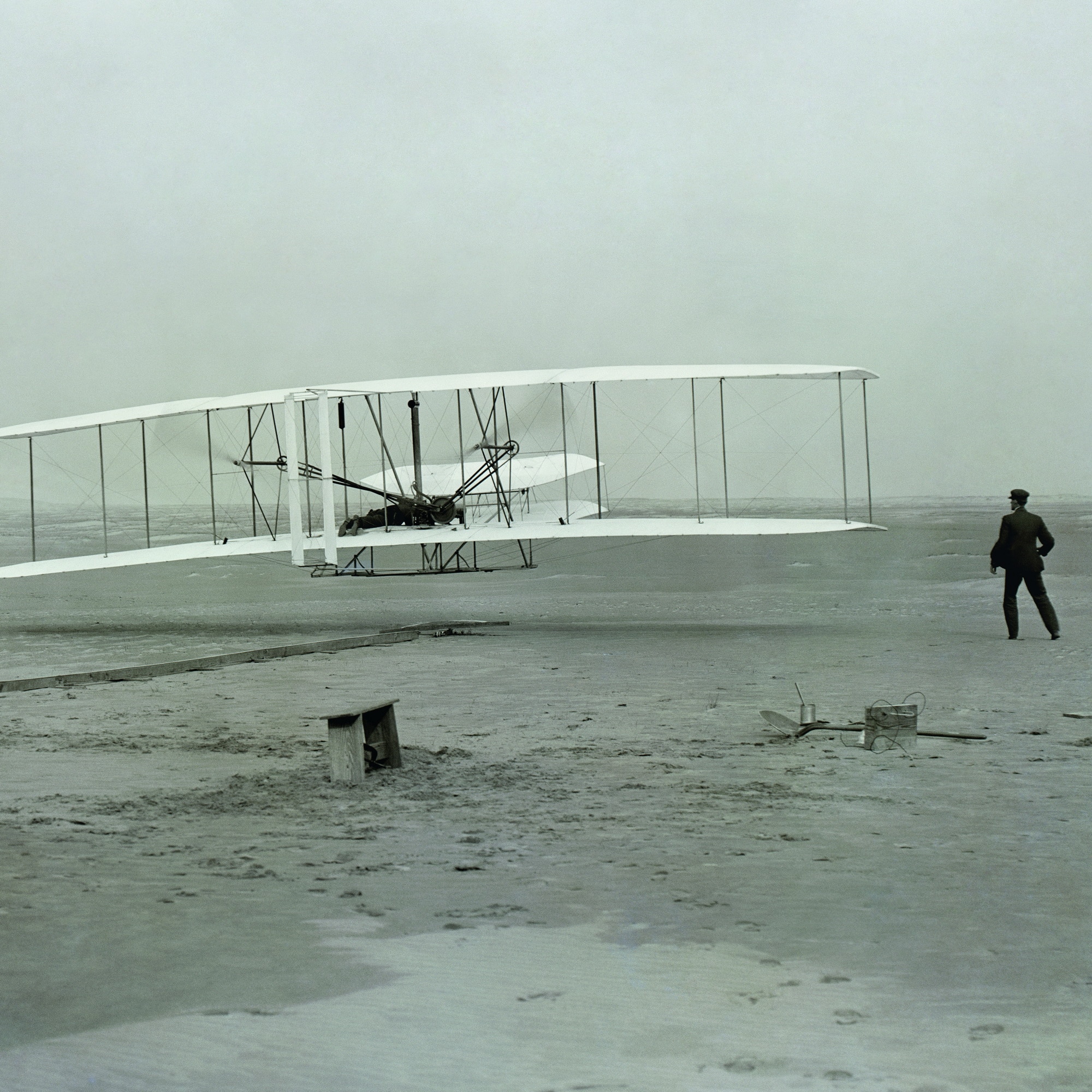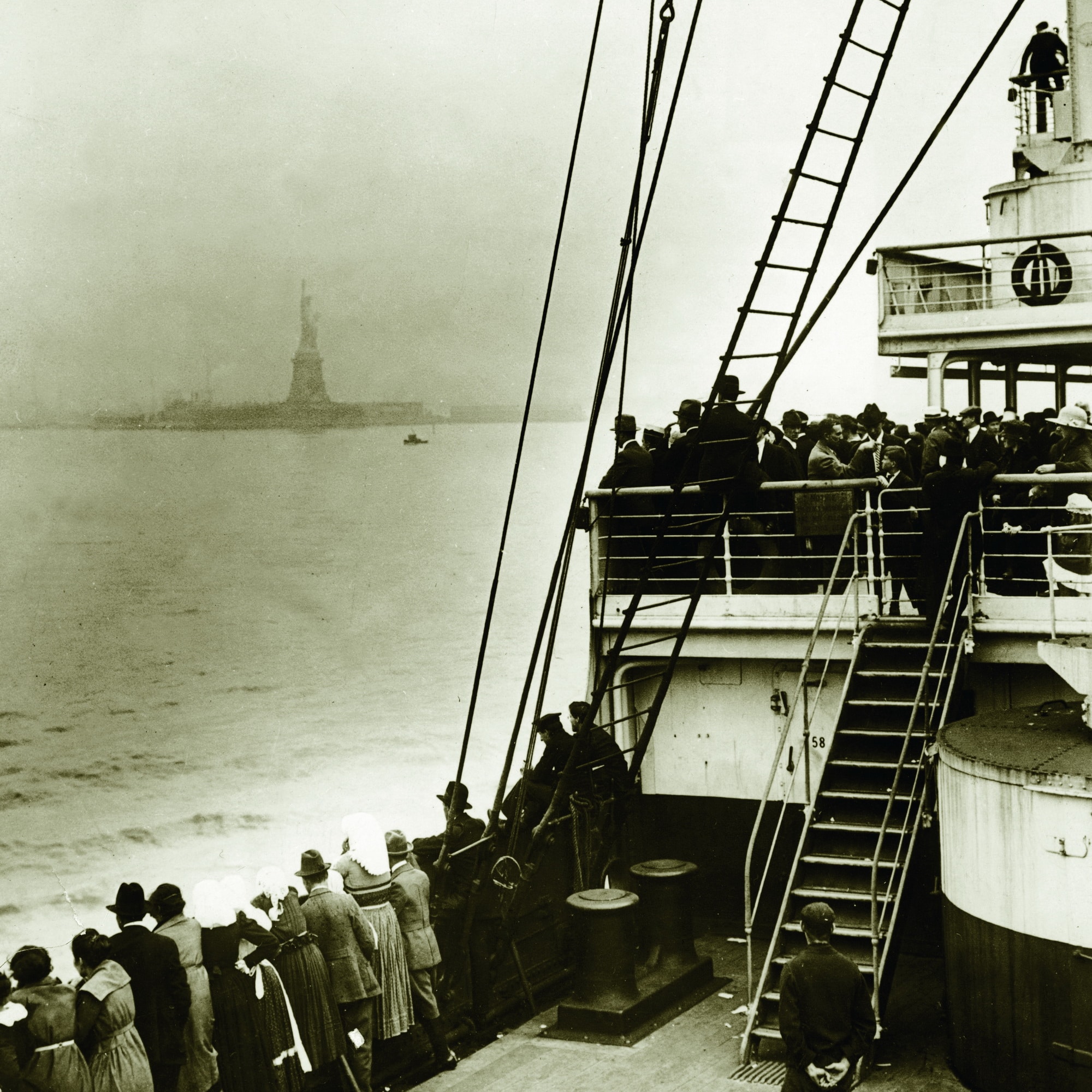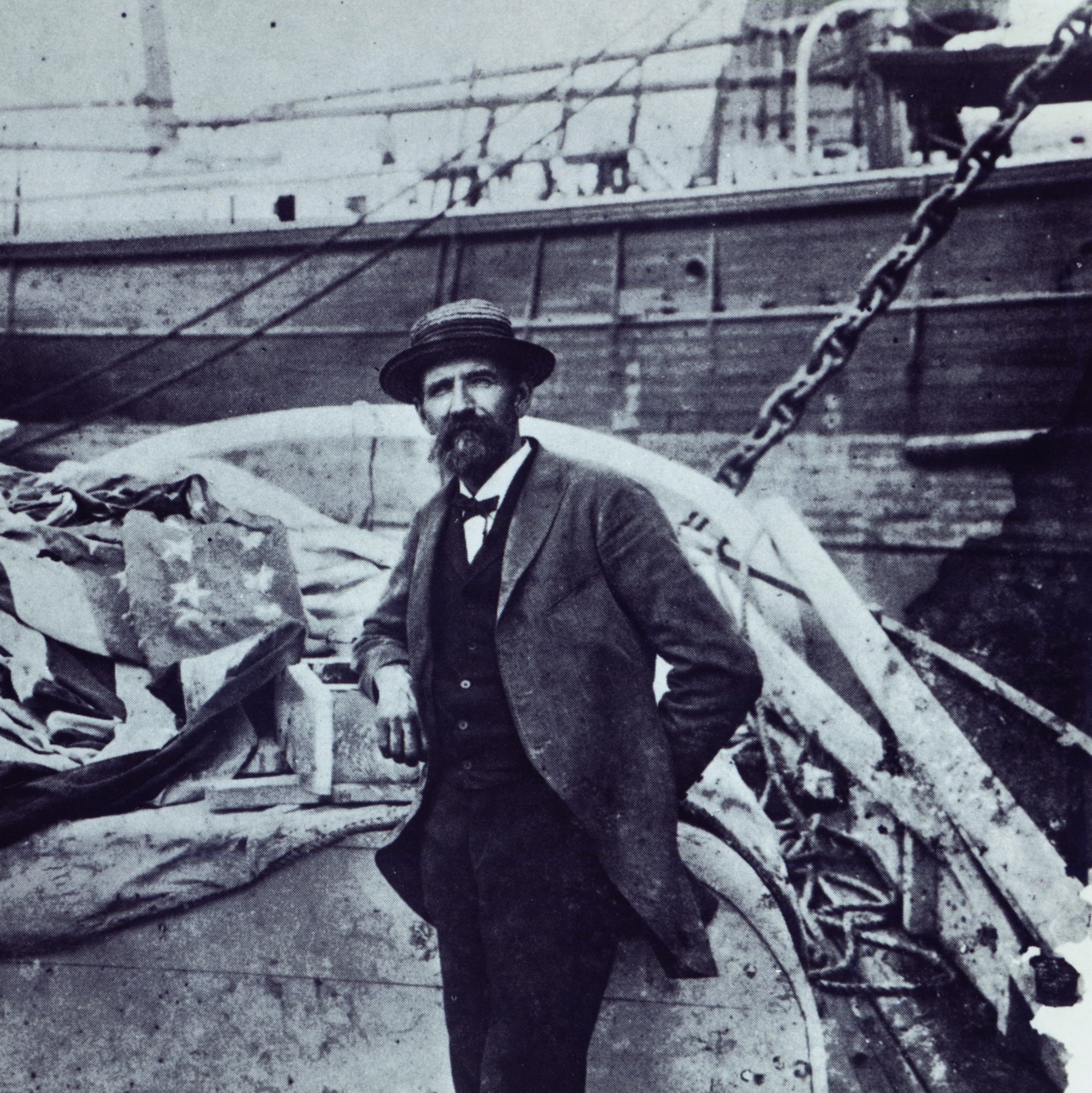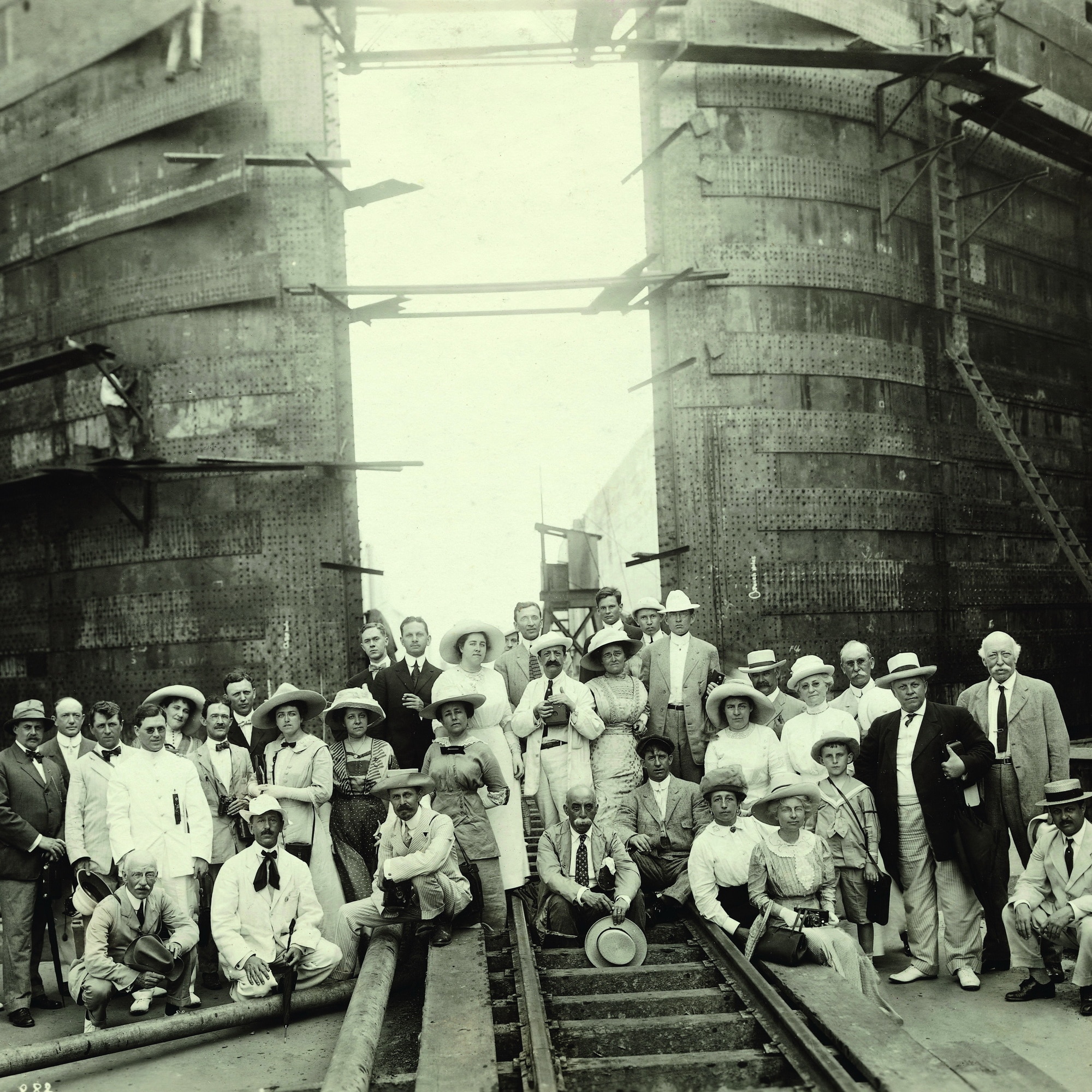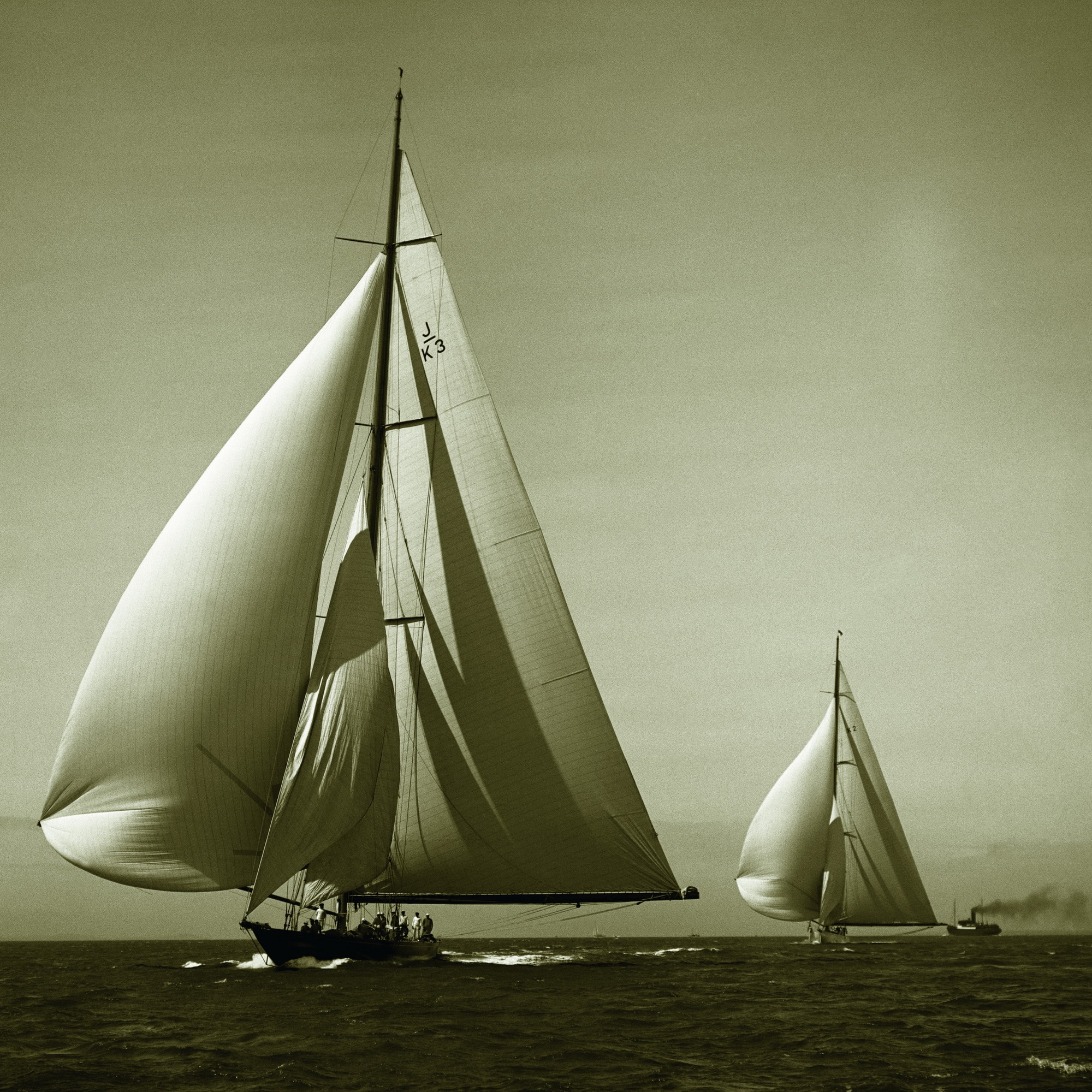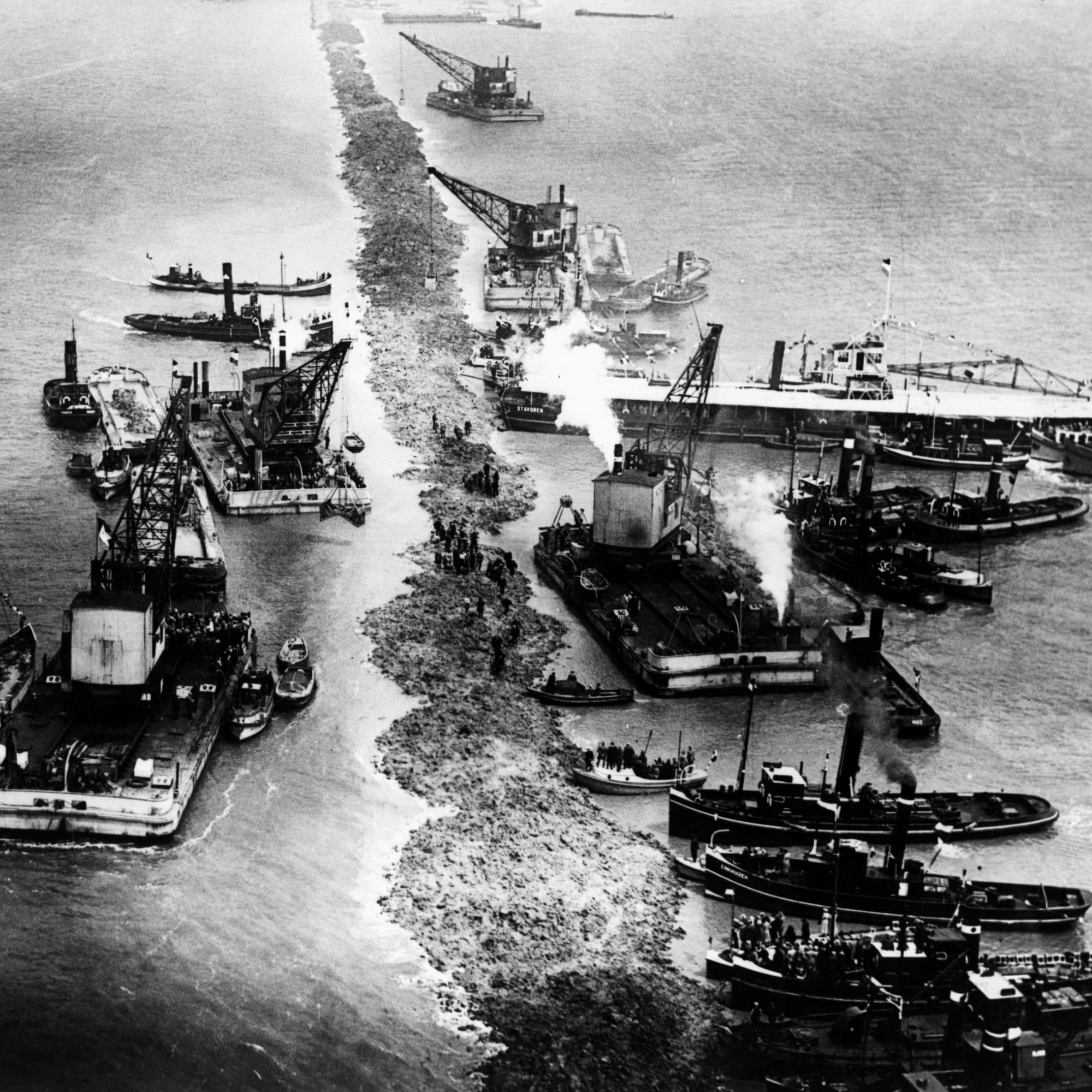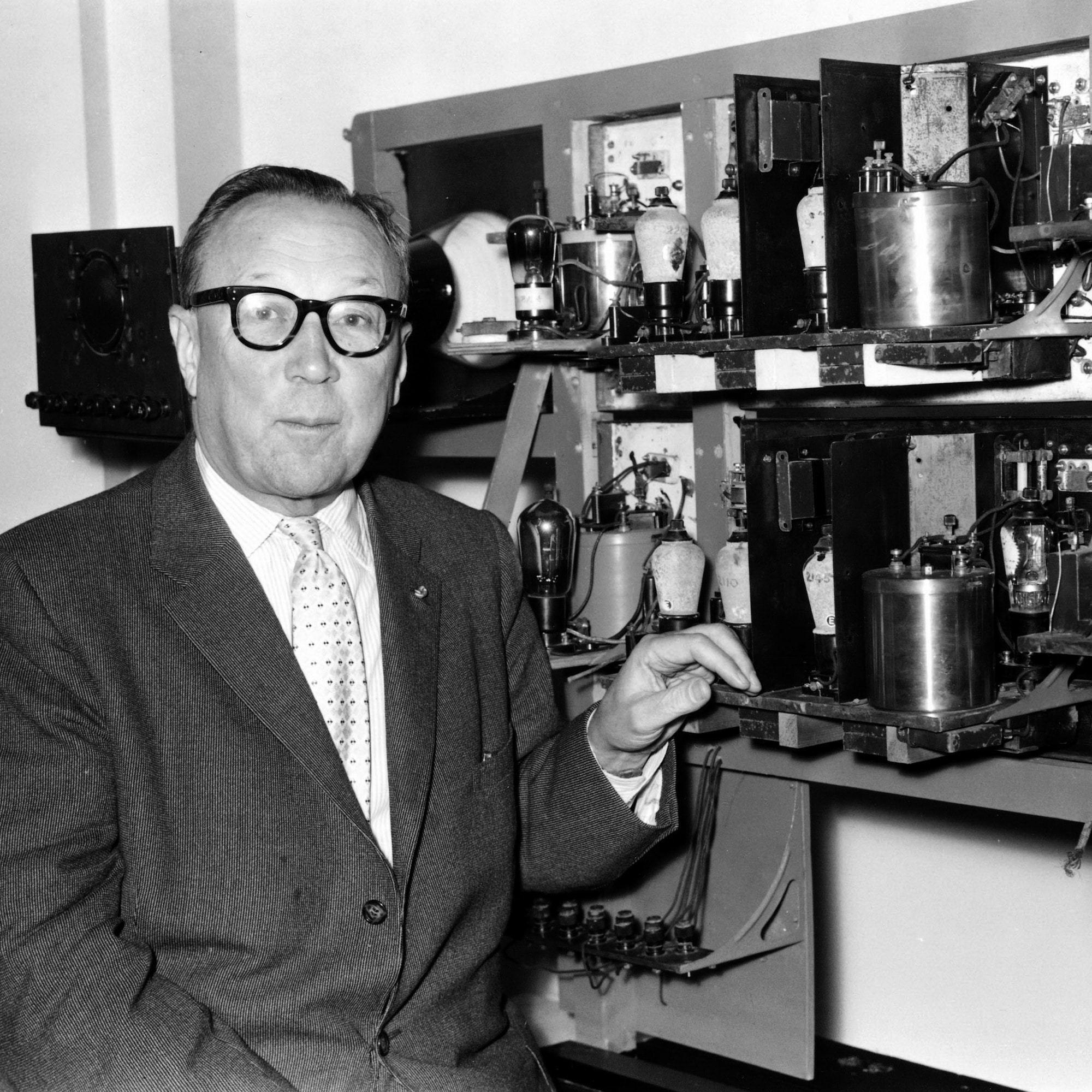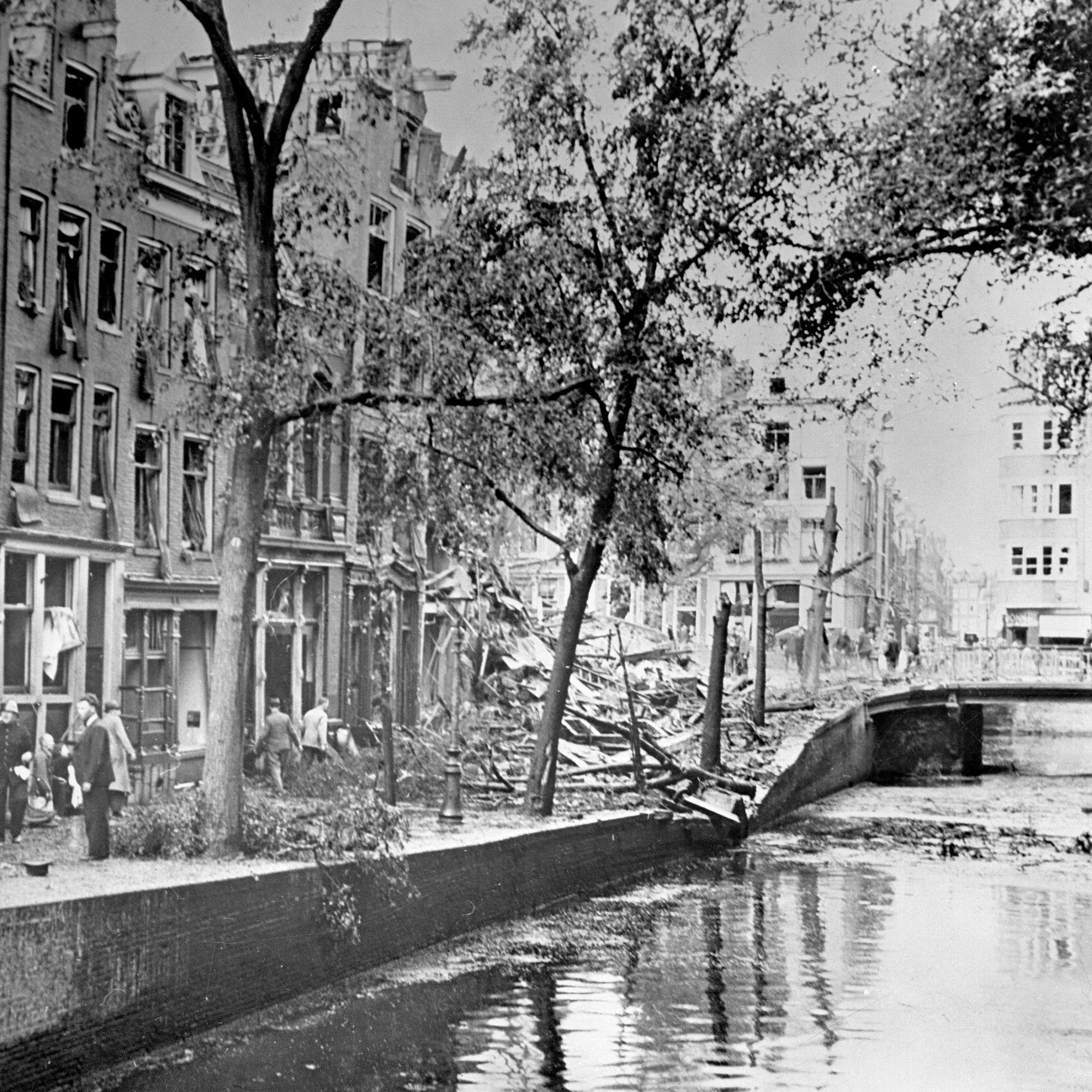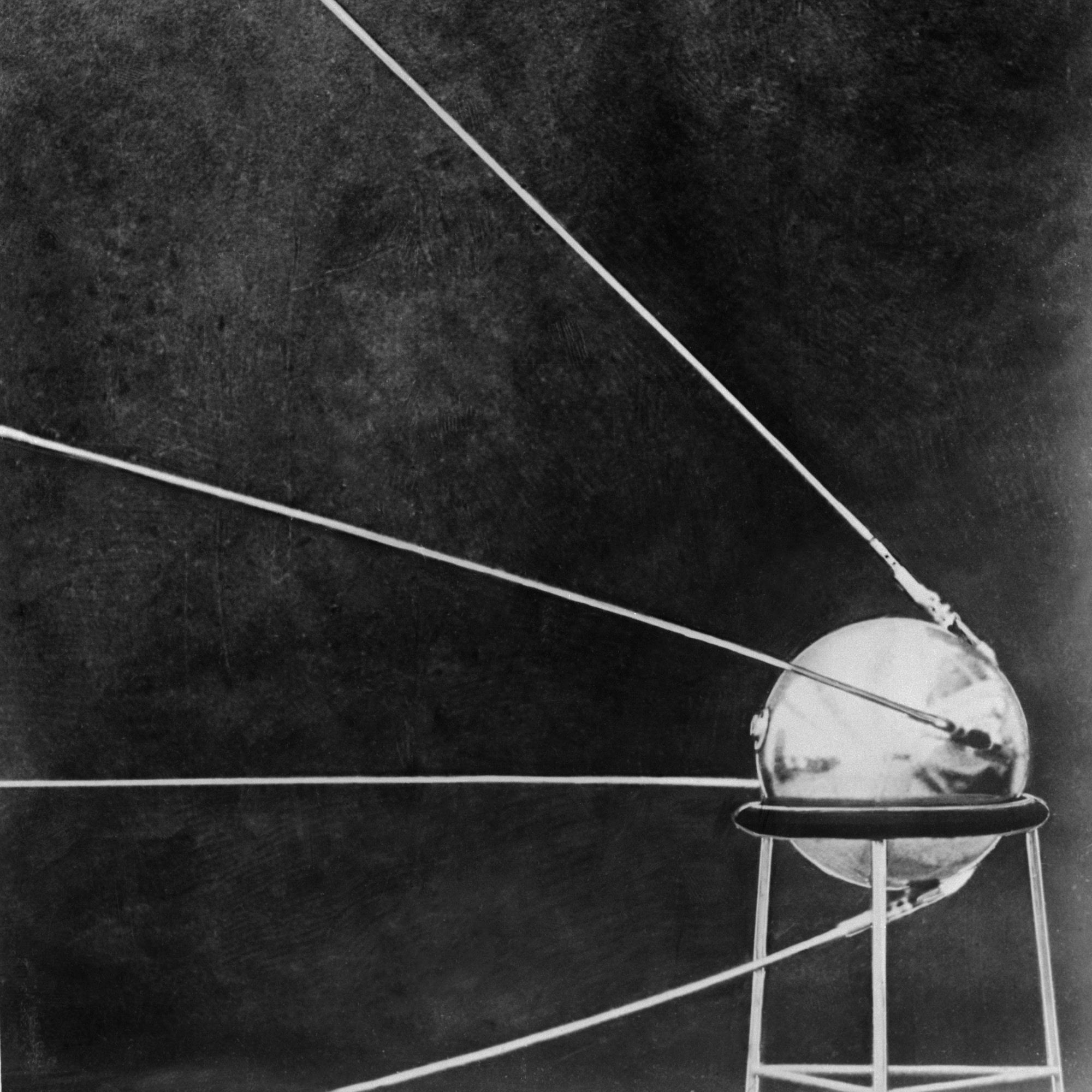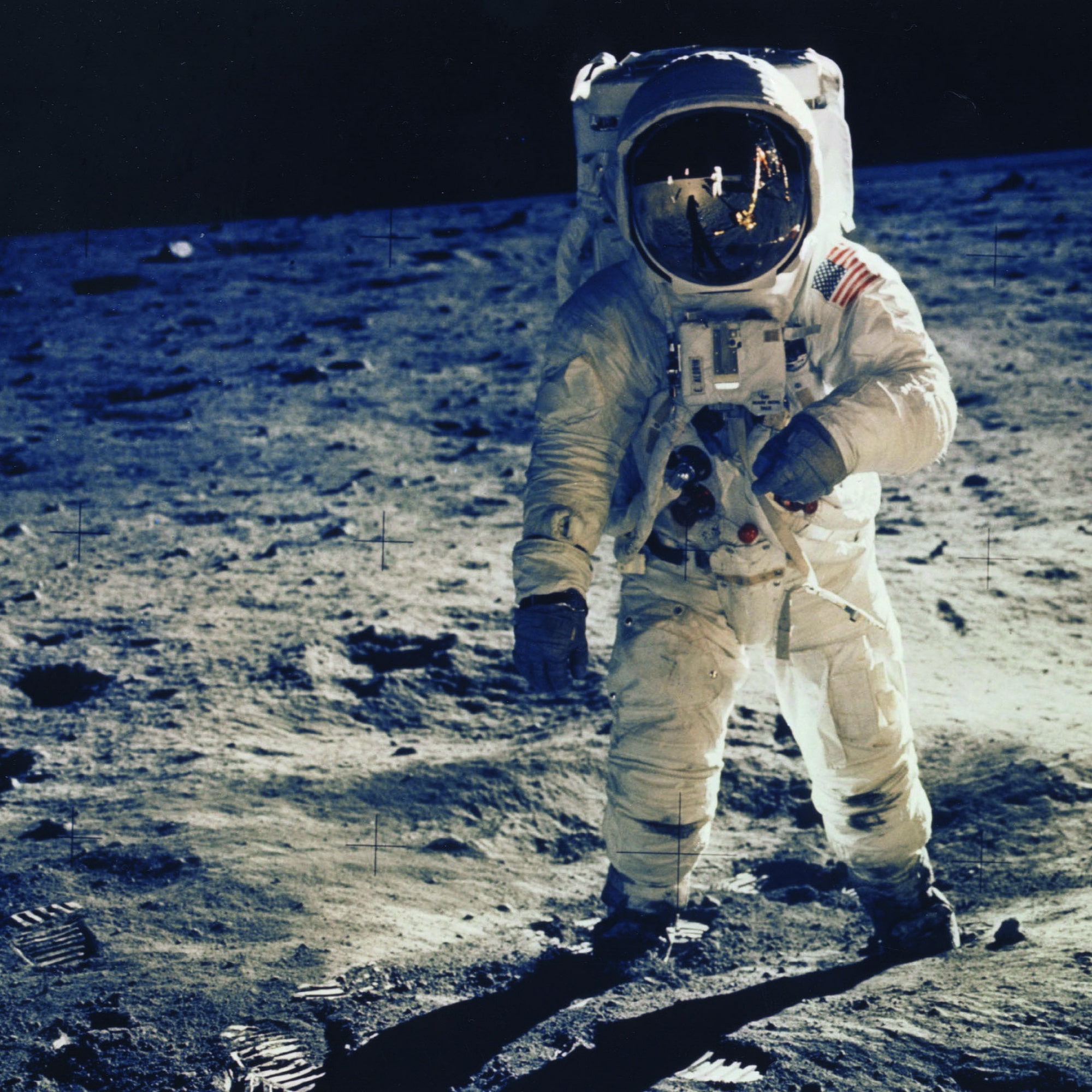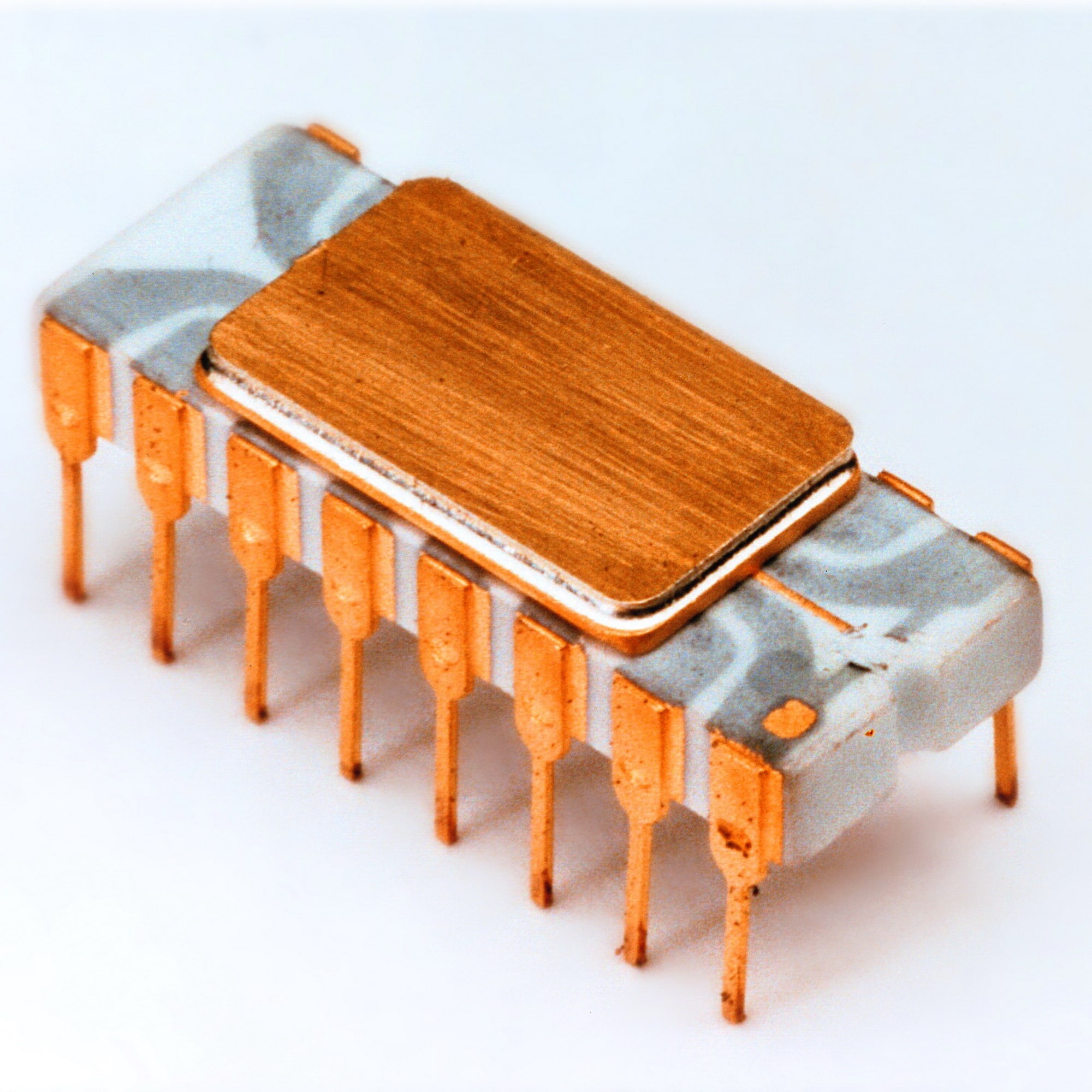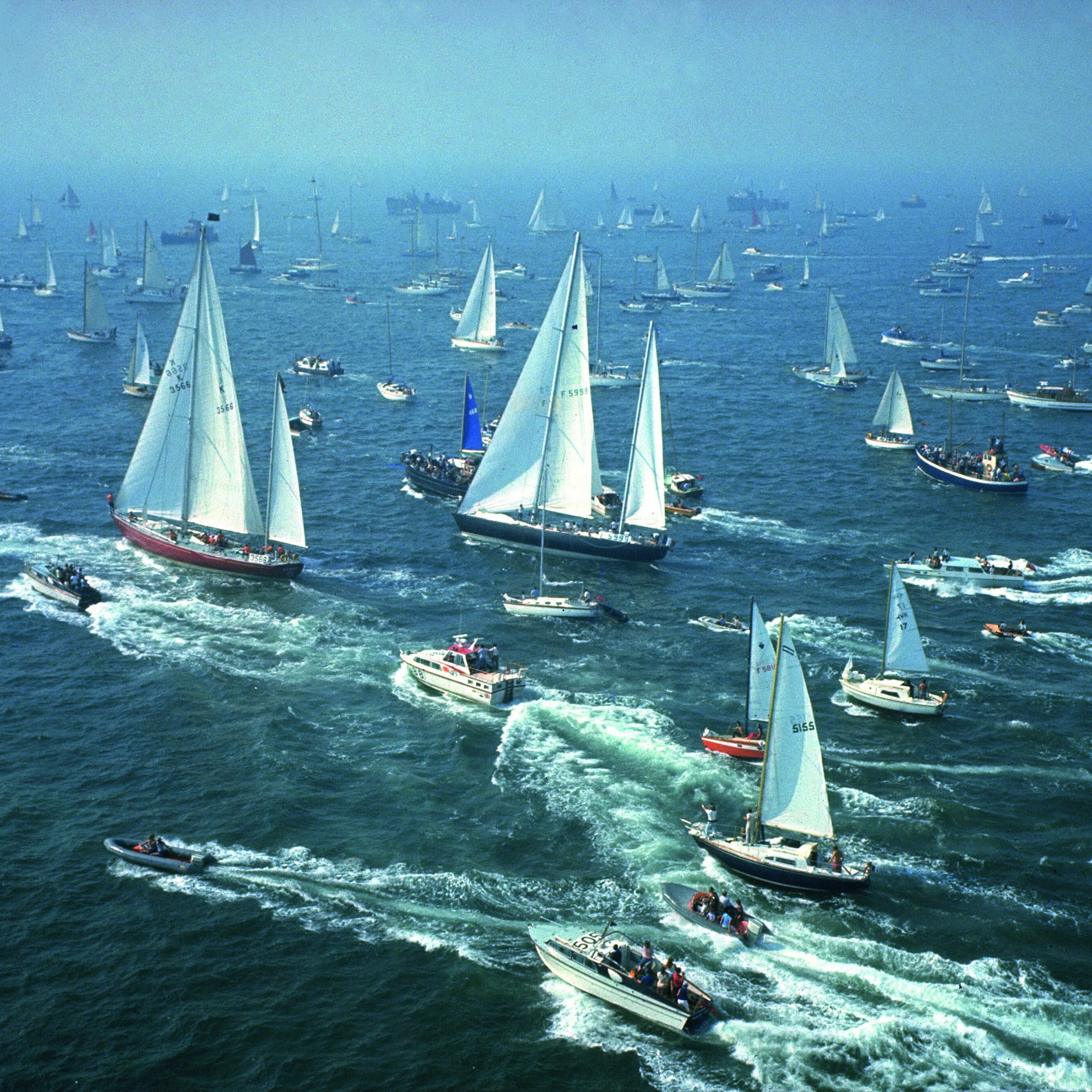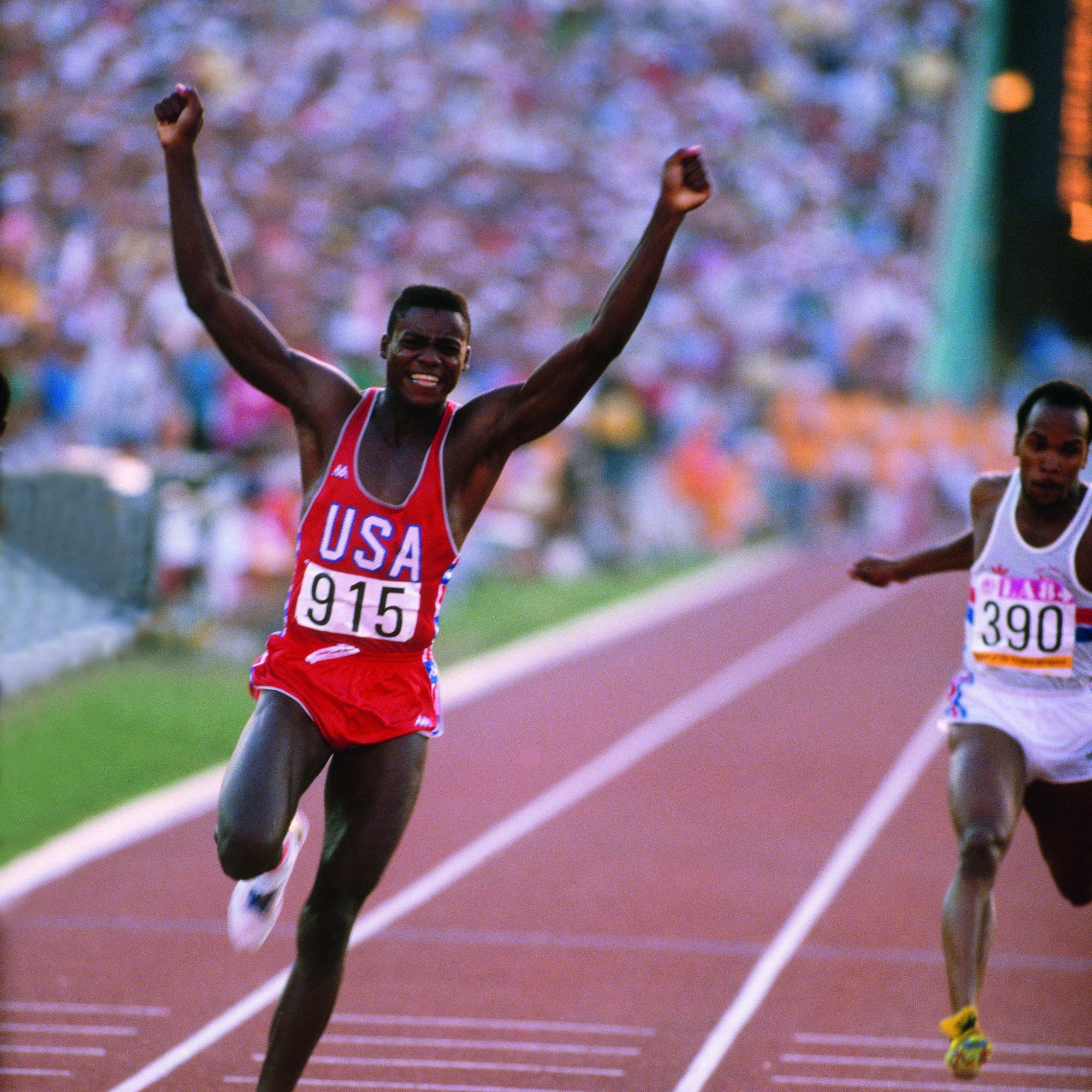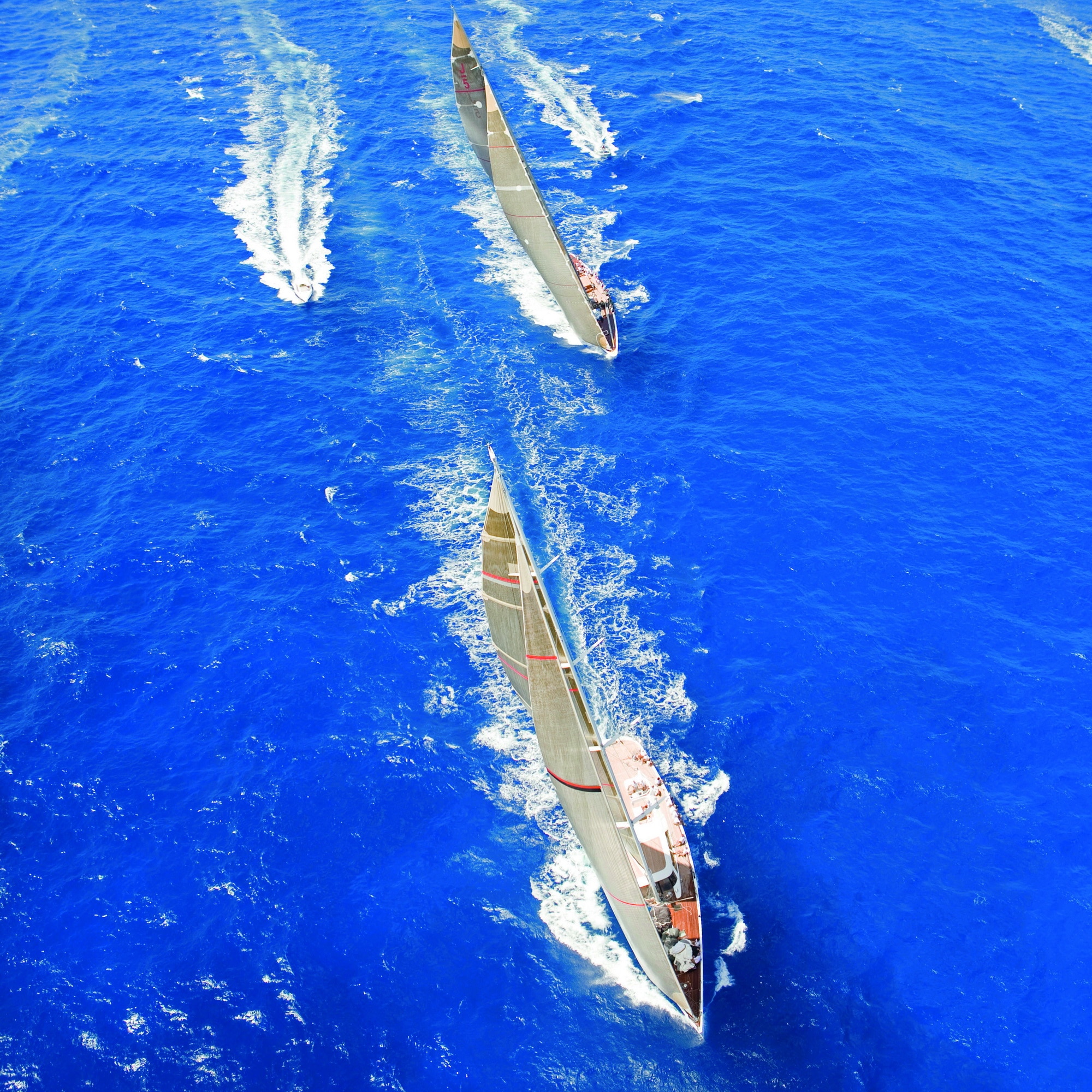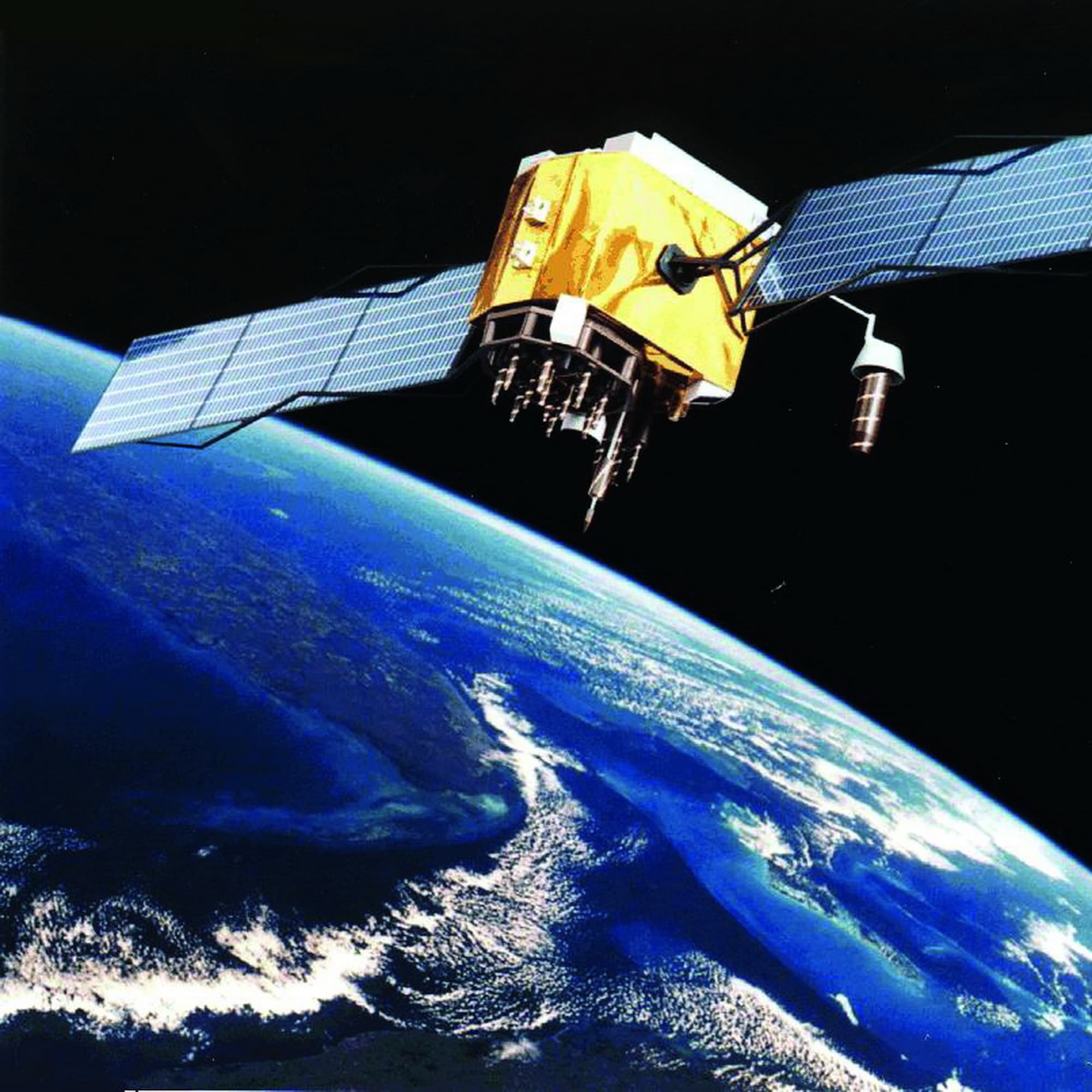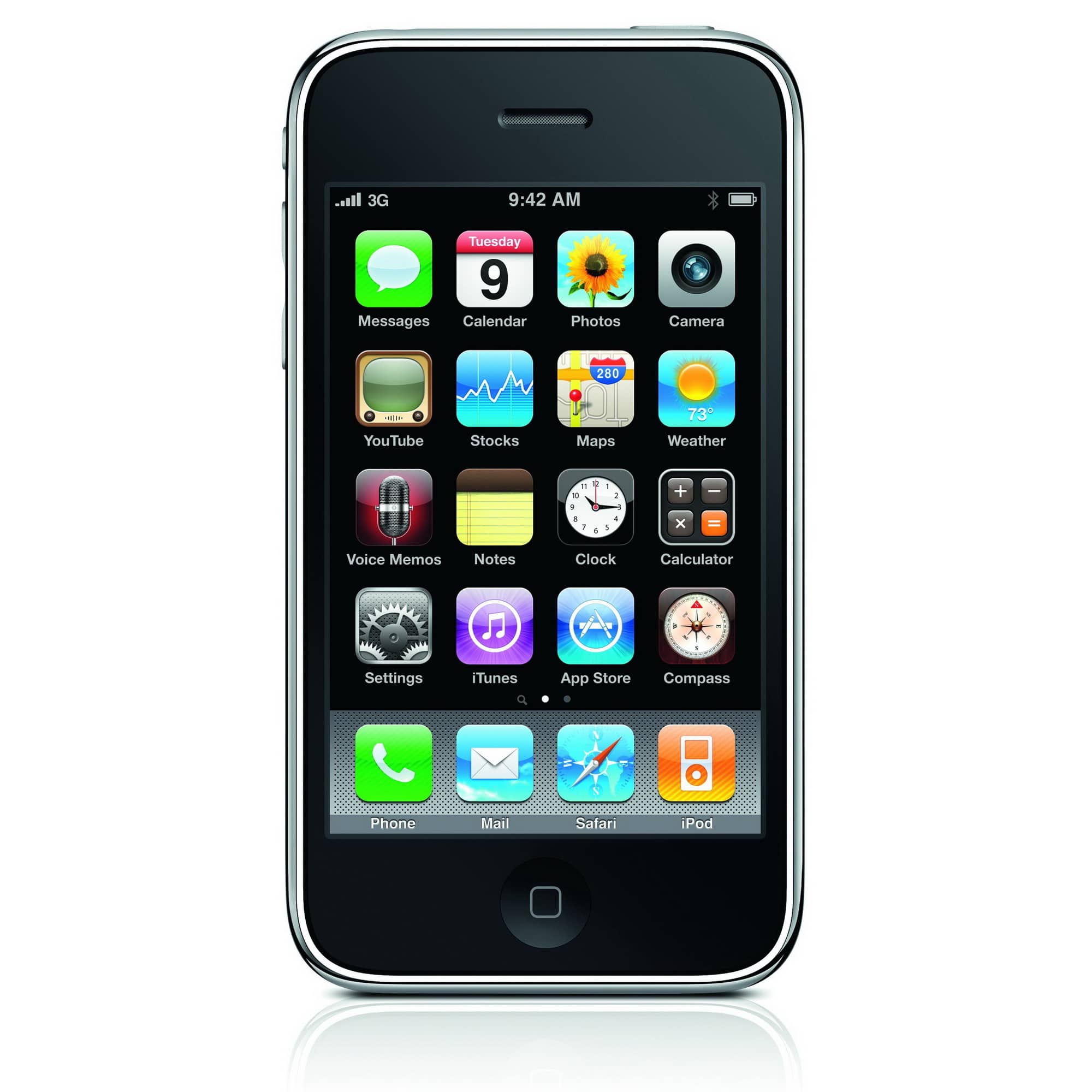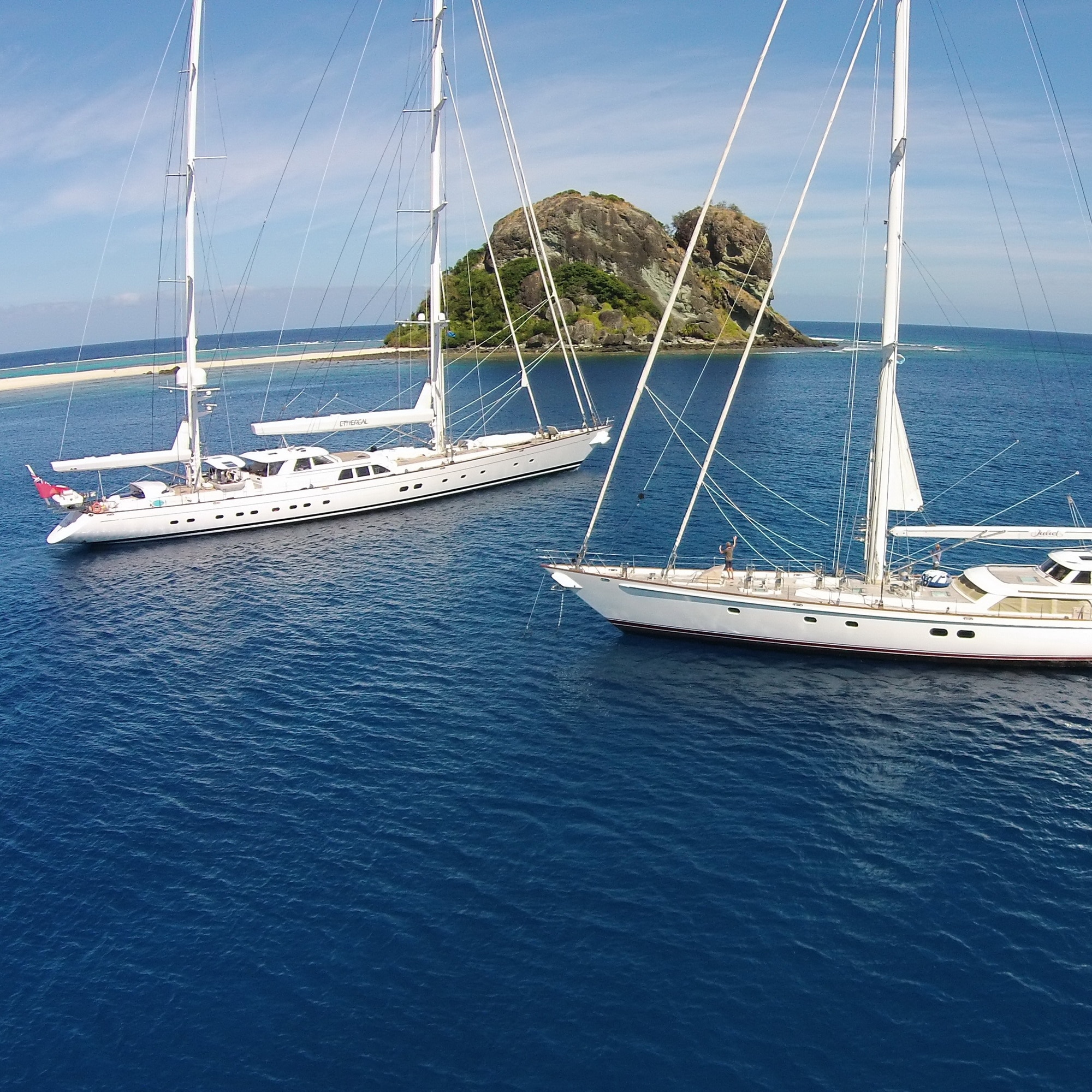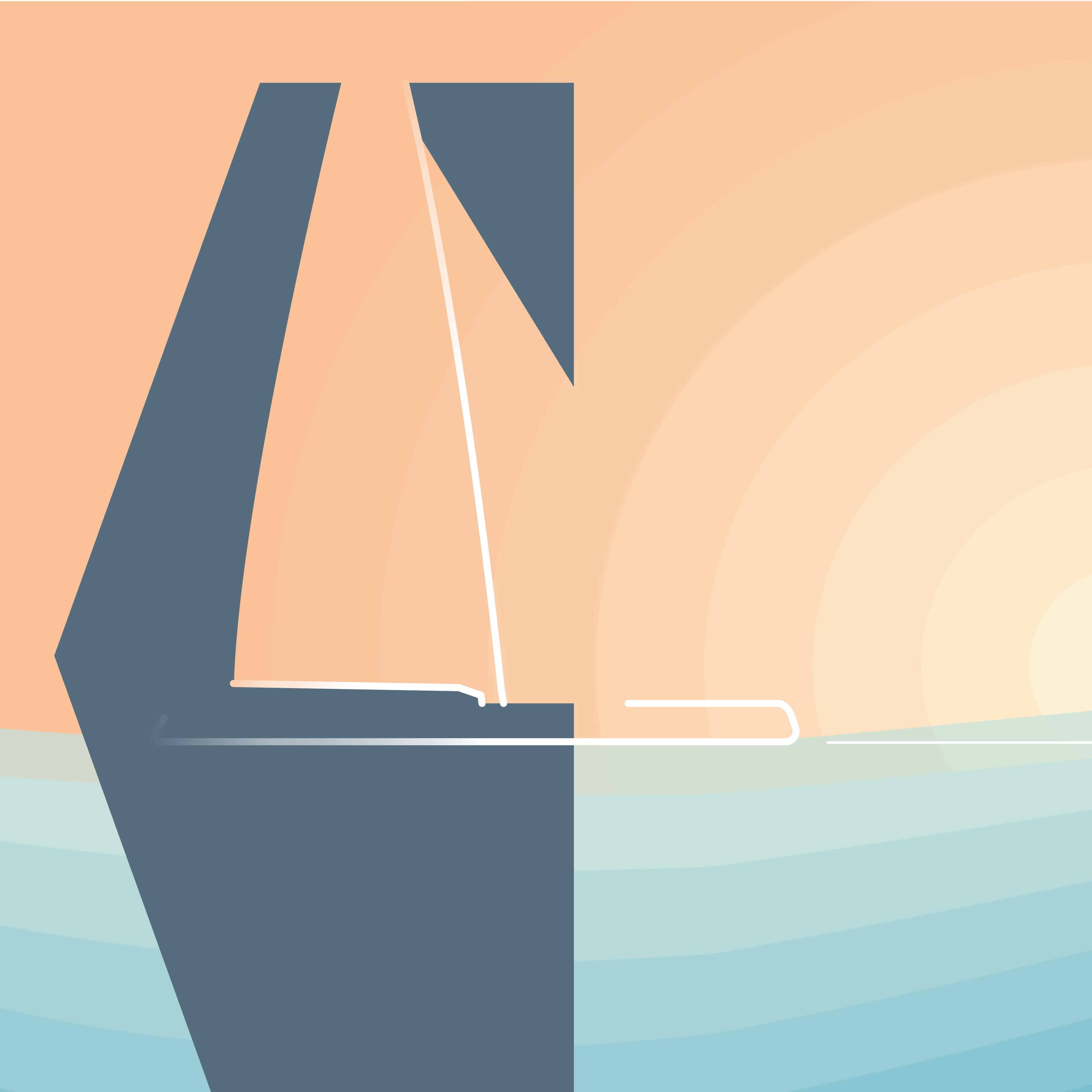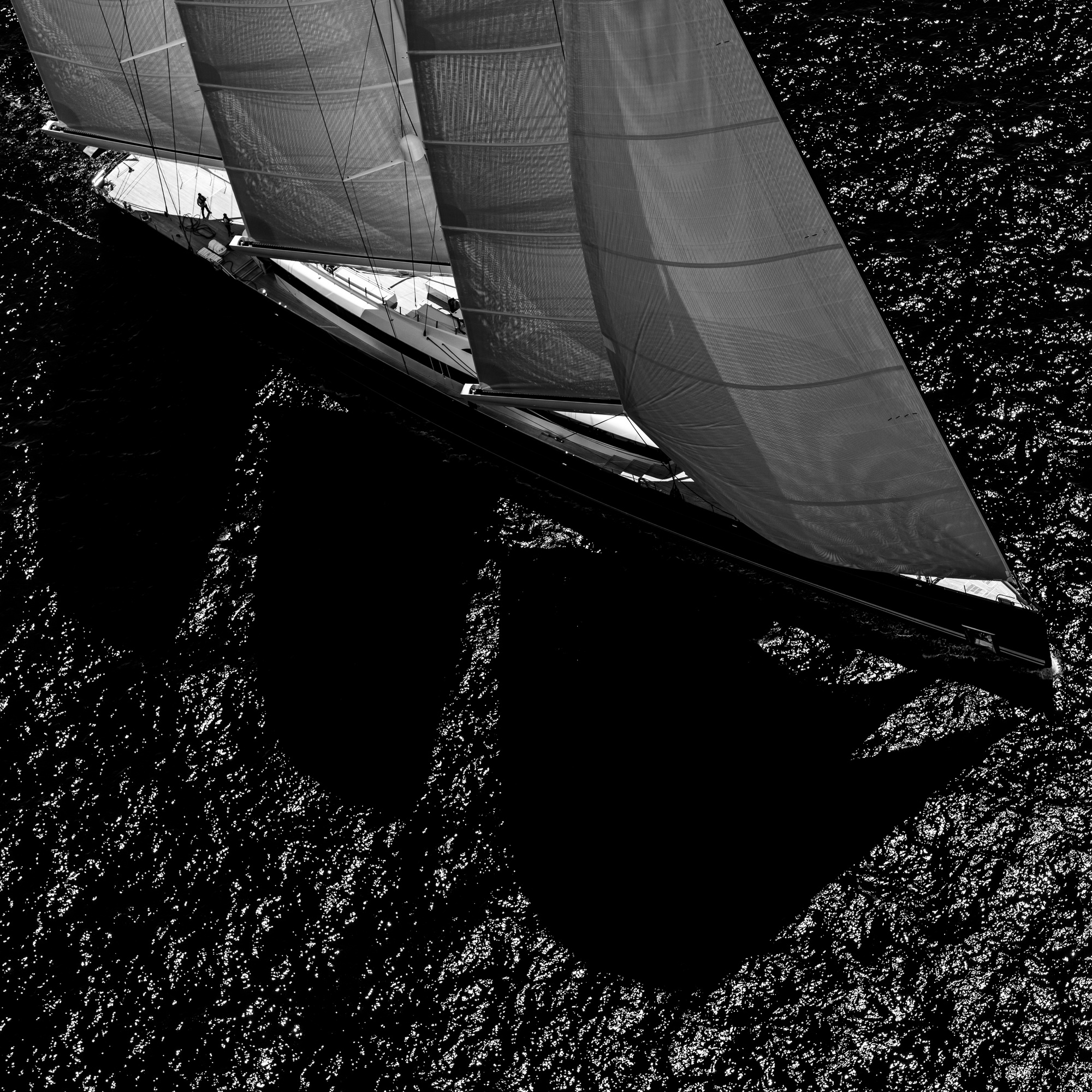In the great theatre of global history, 140 years may appear to be no more than the closing lines of a single act. But extraordinary changes have taken place since one Jan Jans Huisman began boatbuilding in 1884.
In the 19th century, Western Europe was in an almost constant state of war, fought on foot or on horseback. Land travel relied on the same modes of transportation, but the railroads were advancing and at sea, steamships were slowly gaining dominance over sail. In the northern provinces of the Netherlands, communications were poor, food and medicine were scarce, the very landscape open to the ravages of the North Sea.

